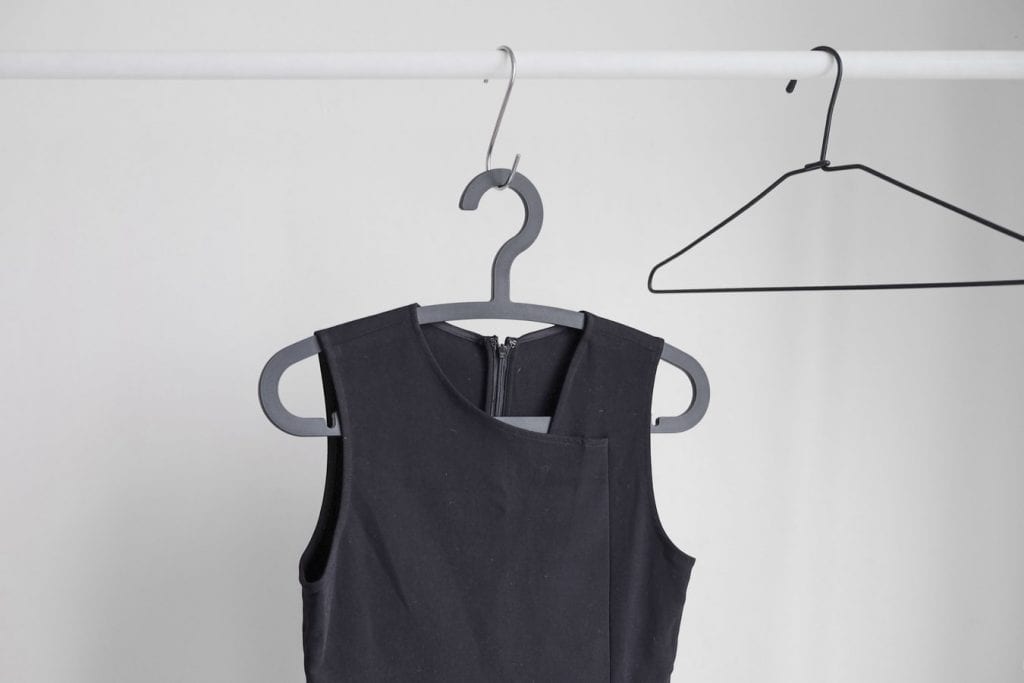On January 1, a striking new law went into effect in California, Assembly Bill 5. Popularly coined the “gig worker bill” when it was first introduced, AB5 requires companies that hire independent contractors to reclassify them as employees (with a few exceptions), thereby extending “employee” classification – and the benefits that come with it. Primarily designed to regulate companies that hire gig workers in large numbers, such as Uber and DoorDash, the impact of the law – which has been called one of the most significant developments in labor and employment law in decades – is hardly limited to rideshare and food delivery companies.
The run-down on AB5 – which codifies a 2018 California Supreme Court’s Dynamex decision – is this: the bill essentially provides that any person providing labor or services in exchange for remuneration shall be considered an employee (as opposed to than an independent contractor) unless the “hiring entity” (i.e., the company they are working for) demonstrates three conditions.
In order to satisfy those three conditions – which are set out in the “ABC test” – and legally classify a worker as an independent contractor for the purposes of the California Wage Orders, the Labor Code, and the Unemployment Insurance Code, the hiring company must prove that the worker is: 1) free from the company’s control; 2) performs work outside the company’s primary business; and 3) is regularly engaged in the trade that he/she was hired for, independent of work for the company.
Or as San Diego Superior Court Judge Timothy Taylor stated last month in granting a preliminary injunction on the basis that grocery delivery company Instacart likely violates state employment laws by misclassifying its grocery shoppers as independent contractors, a key element is whether the workers “perform a core function of defendant’s business.”
Practically speaking, Davis Wright Tremaine’s Aaron N. Colby and Janet Grumer say that the enactment of AB5 means that workers who claim that they have been “misclassified as independent contractors can and will use the ABC test to argue that they are actually employees and thus, are entitled to make claims [against their employer], such as failure to reimburse necessary business expenses (Labor section 2802), failure to provide accurate and complete wage statements (Labor Code section 226), failure to pay unemployment insurance tax, and failure to provide workers compensation insurance.”
The law also “folds professional freelancers into an employer’s obligations for disability insurance, paid family leave, sick leave and workers’ compensation taxes.”
By design, AB5 – and the ABC test, which was first set out in the Dynamex decision – will reduce the number of workers who are wrongly labeled as independent contractors and denied benefits and protections of employment as a result, with some estimating that as many as two million independent contractors in California will be “reclassified” as employees for wage and hour laws and other purposes.
Fashion may not be the industry that first comes to mind when discussing AB5. However, given that it depends to a significant extent on non-employee freelancers and other independent contractors, from designers and patternmakers to merchandisers and operations managers, it is likely not immune to the reaches of the still-very-novel piece of legislation even if there is one important (and relevant) exception to the law for contracts for “professional services.”
In accordance with that exception, “graphic designers, fine artists and marketing professionals” working under a contract, are among those who may be legally exempt from employee classification, meaning that they can maintain their independent contractor status, assuming they meet certain requirements related to their independence from the hiring party.
It is easy to see how that same exception might apply to many of the freelancers working in the ranks of the fashion industry. While most fashion brands maintain staffs of traditionally-classified employees, many brands “lean on freelancers to get products designed, made, and sold,” says Joseph Keefer, who works in fashion brand development and creative direction. “Many brands and companies bring in freelancers in a permalance scenario,” essentially treating these individuals “as employees but without benefits, or job security.”
“This is usually common,” he says, “for roles like merchandising, sourcing, and technical design,” but it is also “fairly prominent in most parts of the fashion landscape.” And it is only expected to increase as brands look for cost-cutting measures in order to off-set some of the negative impacts that COVID-19 has wreaked upon (and continues to wreak upon) their businesses.
It is here that fashion brands, at least the ones in California – which include big names like Tom Ford and Jeremy Scott, as Los Angeles has emerged as domestic fashion capital in its own right – stand to become ensnared in the web of AB5 if they are, in fact, actively misclassifying that status of those in their work force.
It could certainly be argued that many of fashion’s freelancers, particularly those that have transitioned into permalancer roles – a scenario in which a freelancer role turns into a full-time one, albeit without the benefits typically associated with full-time employees, and which have specifically been called out as “exploitive” by certain California lawmakers – “perform a core function of [the brand’s] business,” whether that be design or in-house marketing.
As for the (fashion) media, at least some have recently had their day in court in connection with the newly-enacted law after the American Society of Journalists and Authors and the National Press Photographers Association filed suit against the state of California, alleging that freelance journalists have lost job opportunities in the state as a result of the bill, which states that media outlets cannot publish more than 35 pieces per year from an individual freelance writer before that journalist must be classified as a part- or full-time employee.
The case was dismissed in its entirety innMarch, leaving the law to stand in the notoriously pro-employee California, although an array of unrelated AB5 lawsuits are currently pending in courts throughout the state.











